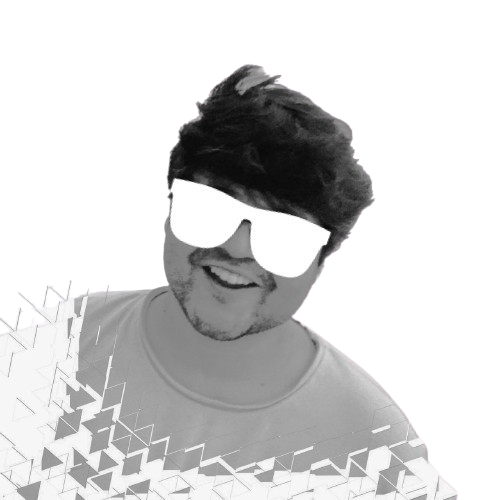Decentralising the Web
 Ani
Ani
The web, in its earliest form, was envisioned as a decentralized platform—a space where anyone could share information without gatekeepers. Over time, however, the internet has become centralized. A handful of corporations now control vast amounts of online data, dictating how we interact, transact, and communicate. This centralization has led to issues like censorship, data privacy violations, and monopolistic practices. Sorry, didn't mean to go full Mr Robot here. This is more on technical advancement and why you should care about it.
Decentralizing the web is a movement to restore power to individuals by creating systems where data and control are distributed, not concentrated. At its core is the idea of a web owned by its users rather than intermediaries. It is the foundation of what we now call Web3 or Web3.0.
The Promise of Blockchain and What Led to Its Success
Blockchain technology lies at the heart of decentralization. A blockchain is a distributed ledger that records transactions across multiple computers, ensuring transparency and immutability. The technology became mainstream with Bitcoin, a decentralized cryptocurrency introduced in 2009. It offered a revolutionary alternative to traditional banking systems by allowing peer-to-peer transactions without intermediaries.
Blockchain's success stems from its potential to solve real-world problems:
Trust: Transactions are secure, verified, and transparent.
Ownership: Users own their data and digital assets.
Accessibility: Decentralized networks are open to anyone with internet access.
The Ethereum blockchain expanded this promise by introducing smart contracts, enabling decentralized applications (dApps). This innovation fueled the rise of decentralized finance (DeFi), non-fungible tokens (NFTs), and decentralized autonomous organizations (DAOs), paving the way for Web3.
The Current State of Blockchain and Web3
Despite its promise, blockchain and Web3 are still evolving. Challenges include:
Scalability: Networks like Ethereum are working to handle larger transaction volumes efficiently.
User Experience: Web3 interfaces are often complex for everyday users.
Regulation: Governments are grappling with how to regulate decentralized technologies without stifling innovation.
Energy Concerns: While proof-of-stake has mitigated some issues, energy usage remains a topic of debate.
On the bright side, the Web3 ecosystem is thriving:
DeFi platforms manage billions in assets.
NFTs are transforming art, gaming, and digital ownership.
Major players like Solana, Cosmos ecosystem, and Layer 2 solutions like Base, Optimism, Arbitrum as well as other protocols like uniswap, eigen layer, axelar and as such more are driving innovation.
Where Are We Headed?
The future of Web3 looks promising, with advancements in scalability, interoperability, and usability. As blockchain becomes more integrated into everyday applications, we may see:
Decentralized identity systems replacing traditional login credentials.
Tokenized economies, where users earn from participation in digital ecosystems made popular with stable coins.
Metaverse adoption, powered by blockchain-based assets and platforms.
This shift isn't just about technology—it’s about empowering individuals, fostering creativity, and enabling more equitable economic opportunities.
Why Should You Care?
Centralized systems limit freedom and control. Embracing decentralization can redefine how we interact with technology, making the digital world more equitable and open.
How Do You Start?
Learn: Explore blockchain basics via platforms like Coursera, YouTube, or Web3-focused communities.
Experiment: Create a crypto wallet, interact with dApps, or play around with various digital tokens and cryptocurrencies.
Engage: Join Web3 communities and participate in discussions on platforms like Twitter, Discord, or Reddit.
Watch for emerging trends in DeFi, NFTs, and decentralized social platforms. Look for projects that align with your values, and be part of building the decentralized future.
As we decentralize the web, we move closer to Tim Berners-Lee’s vision of an internet that is "for everyone." Blockchain and Web3 offer not just technological advancement but also a philosophical shift—one where power, control, and opportunity are redistributed.
As Vitalik Buterin, the creator of Ethereum, aptly put it:
"We don’t need to wait for some kind of future revolution; we just need to keep building piece by piece, solving problems as they come up, and eventually, we’ll get there."
Subscribe to my newsletter
Read articles from Ani directly inside your inbox. Subscribe to the newsletter, and don't miss out.
Written by
